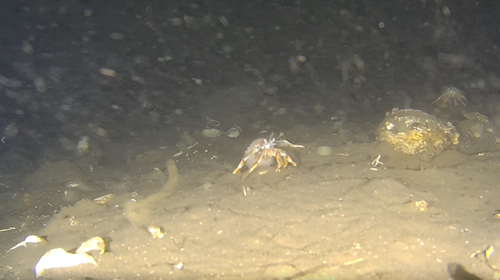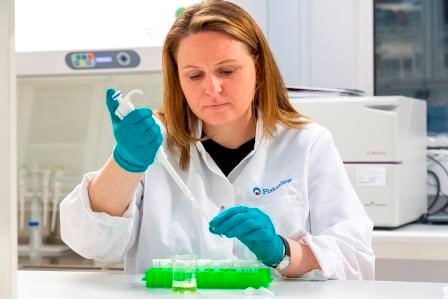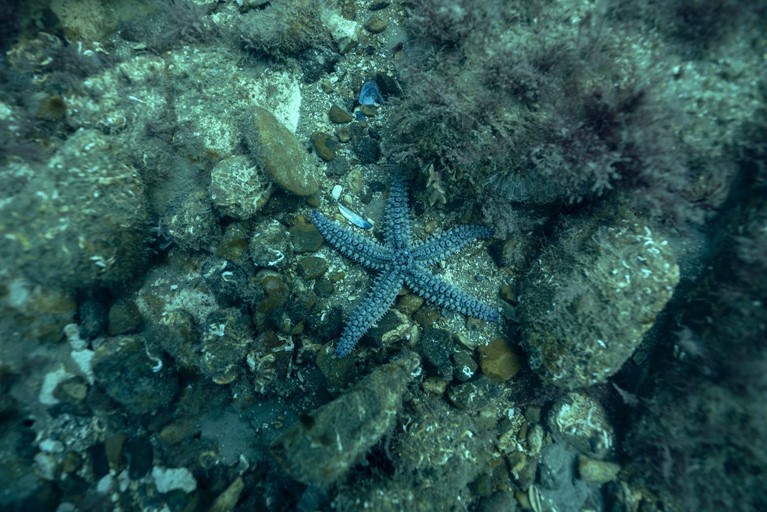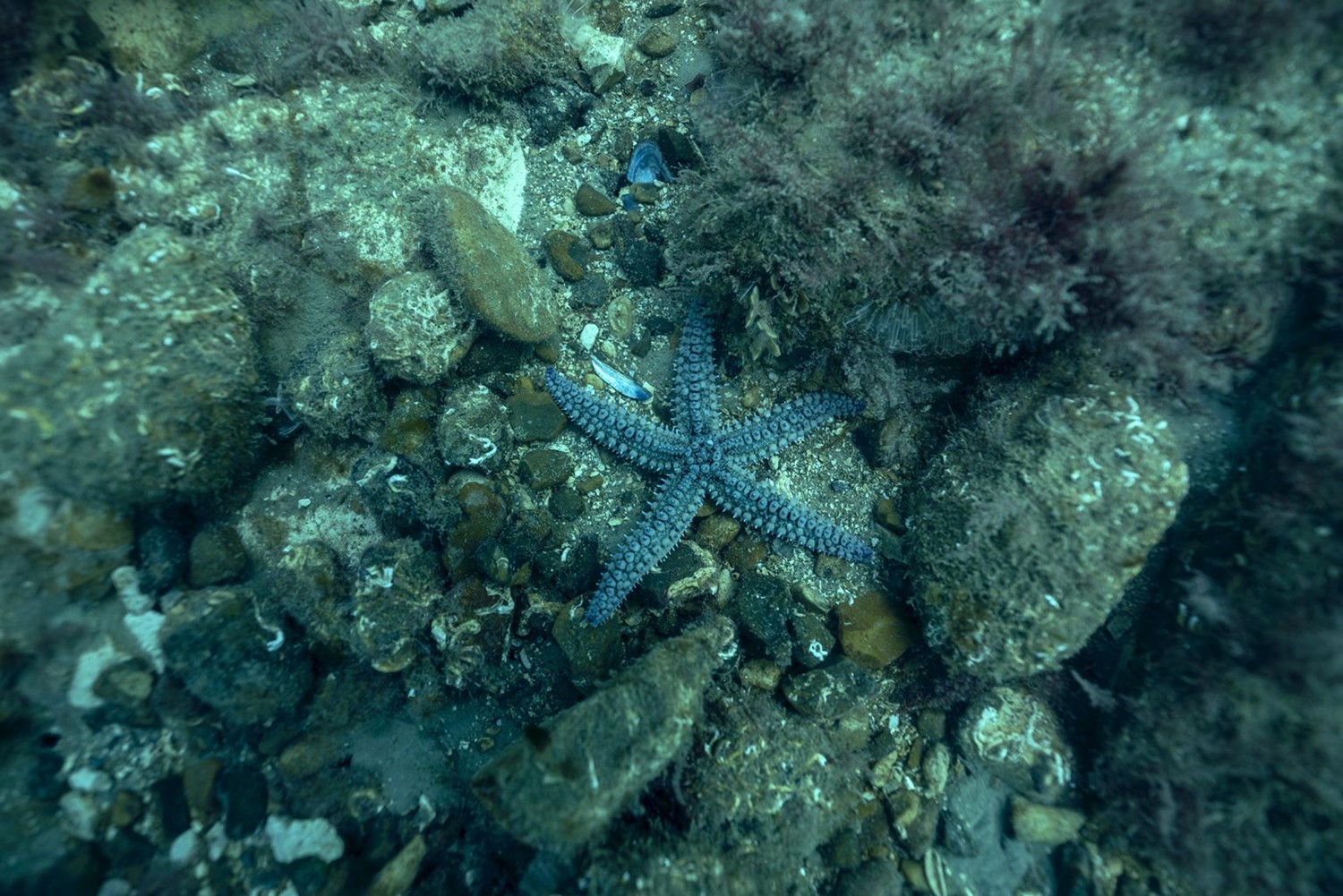A new project report reveals a new approach to developing a classification system for benthic macrofauna analysis in Faroese fjords. The system will likely be applicable for other fjord systems as well.
The aim of this project was to develop a classification system for benthic macrofauna analysis in the Faroese fjords, to be used by the Environmental Agency for assessing the potential impact of aquaculture.
With inspiration from neighbouring countries, who have implemented the EU´s Water Framework Directive, two different approaches were tested and compared; the Danish approach that does not incorporate natural variabilities in the fjords, and a novel approach that incorporates depth, Loss on ignition (LOI) in the sediment and sediment types, which are known to affect the natural composition and abundance of the benthic community.
This analysis shows that when developing a classification system for the Faroese fjords, there is no need to develop individual classification systems for the different fjords, but that the classification system must differentiate between sediment type, since muddy sediments have significantly lower index values for benthic macrofauna compared to sandy sediments, which harbour a more diverse habitat environment, and therefore a more diverse and richer benthic community.
Therefore, the report recommends the latter approach that differentiates between sediment type to be used for developing a classification system for the Faroese fjords.

However, as new aquaculture sites generally are placed outside fjords at more exposed sites it should be kept in mind that the system will need to be re-evaluated on a regular basis, when more data from these sites become available, since some of these areas might contain a different benthic community and consequently naturally different index values, and that the classification system maybe should differentiate between other factors as well, such as LOI content in the sediment.
Since no specific Faroese multi-metric index has been developed, another aim was to test established indices that the Aquaculture Stewardship Counsel has approved, and those employed by our neighbouring countries Norway, Sweden, Denmark and Scotland. The conclusion was, that 8 out of the 10 candidate indices responded well to Zn as an environmental pressure derived from aquaculture, and that the indices IQI and NQI, which are employed in Scotland and Norway, respectively, were most sensitive to this pressure. Since IQI has a reference variable that is locally determined for Great Britain built into its formulation, it is recommended that the NQI multi-metric index is used in the Faroe Islands, as long as no Faroese index is specifically developed.

Authors: Heidi S. Mortensen, project manager and researcher at Fiskaaling, and Jacob Carstensen (Aarhus University), Birna V. Trygvadóttir Fjallstein (Biofar), and Birgitta Andreasen, Gunnvør á Norði and Tróndur T. Johannesen all three from Fiskaaling.
A research report from the Aquaculture Research Station of the Faroes (FA). In collaboration with Aarhus University (AU), Department of Bioscience, and contribution from Biofar (BF), Faroe Islands. Financially supported by The Faroese Aquaculture Association (Havbúnaðarfelagið) and the Environmental Agency of the Faroes Islands (Umhvørvisstovan)


